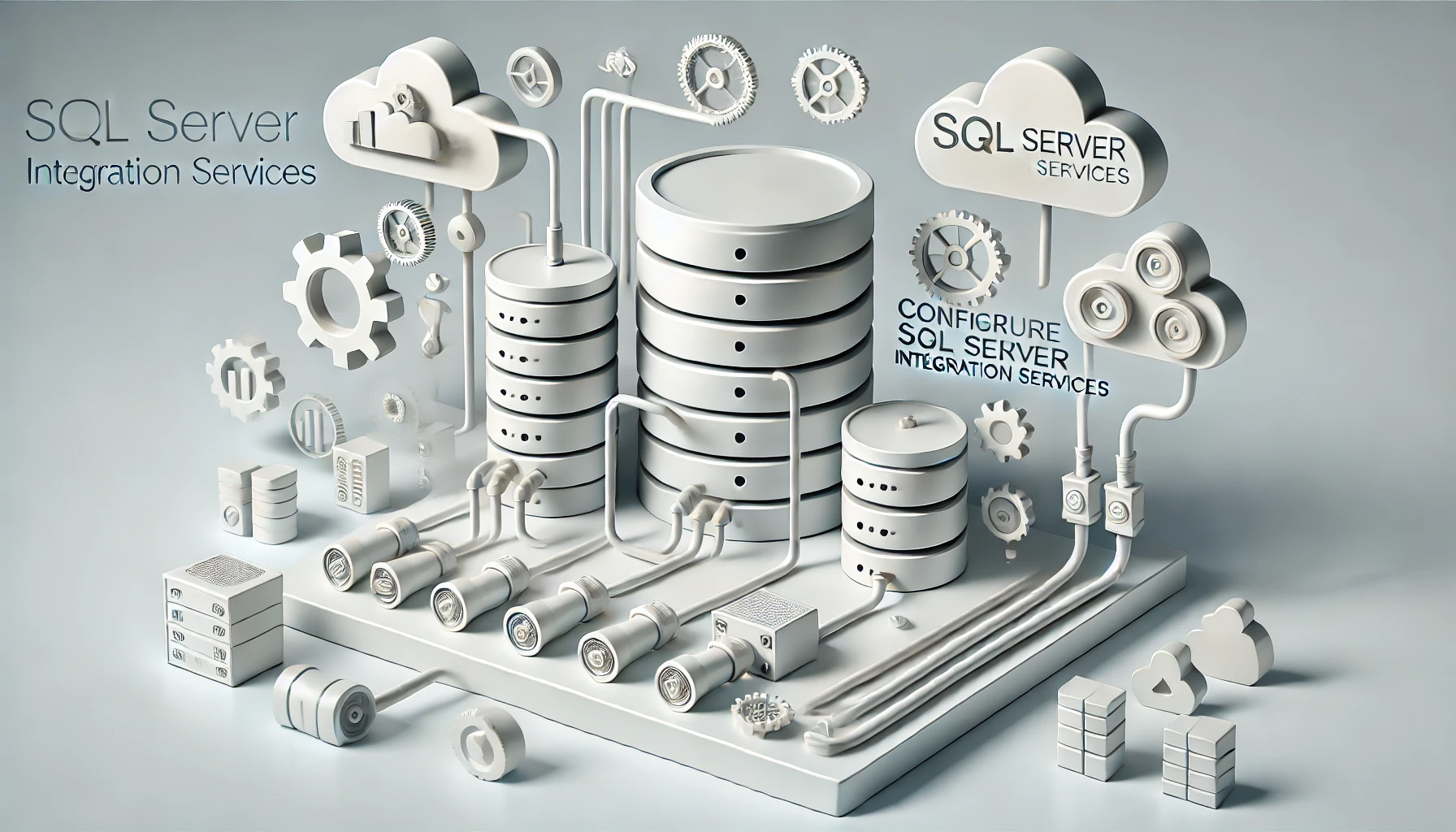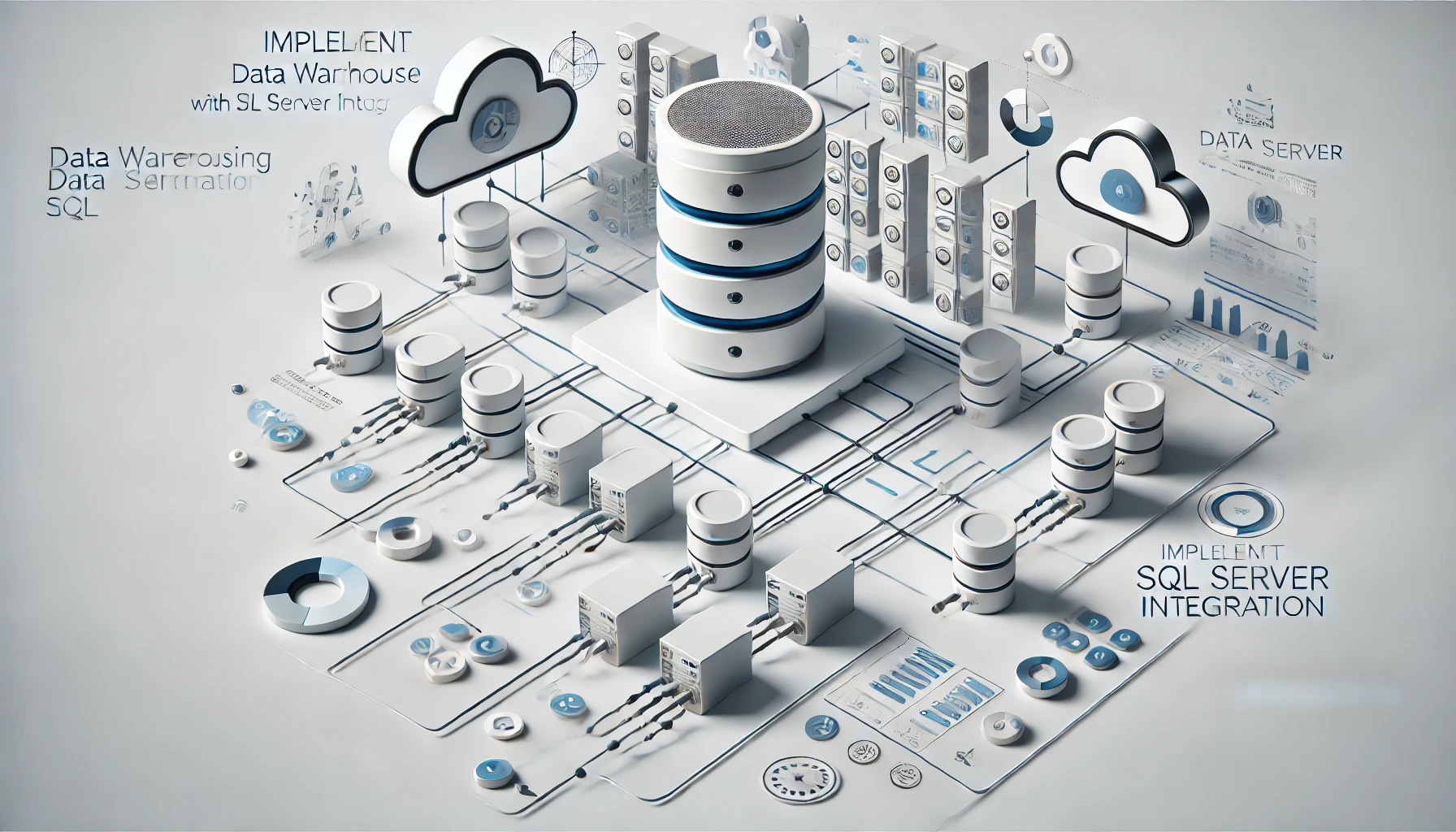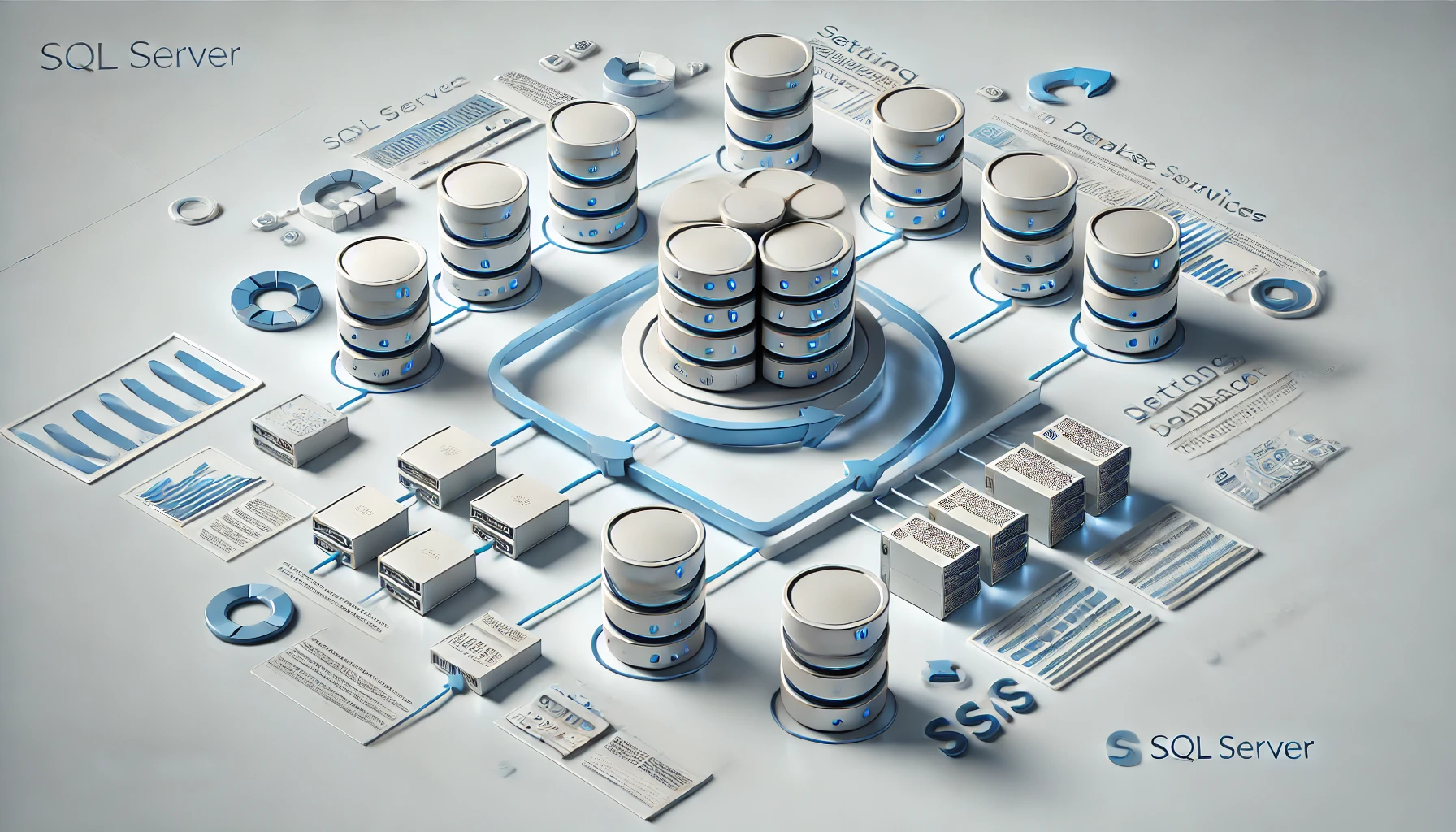To maintain SQL Server Integration Services effectively, you must focus on implementing best practices for backups, permissions, and data encryption. However, there are other crucial aspects such as server hardware requirements, software updates, and network configurations that play a significant role in ensuring seamless operations. By understanding these essential elements, you can proactively address potential issues and optimize the performance of your SSIS environment.
Define Maintenance Tasks
To effectively manage your SQL Server Integration Services (SSIS) environment, it is crucial to clearly define and establish maintenance tasks. Begin by creating a robust backup strategy to safeguard your SSIS packages and configuration. Regular backups should be scheduled to prevent data loss in case of system failures or errors. Implementing security measures is equally important. Secure access to SSIS by configuring permissions based on the principle of least privilege. Limit access to only those who require it, and regularly review and update user permissions to maintain a secure environment. Additionally, consider encrypting sensitive data within SSIS packages to protect confidentiality. Monitoring and auditing user activities can also enhance security. By defining a comprehensive backup strategy and implementing stringent security measures, you can ensure the integrity and availability of your SSIS environment, safeguarding your data and operations effectively.
Install SQL Server
Defining maintenance tasks for your SQL Server Integration Services (SSIS) environment is the first step in ensuring its smooth operation. When installing SQL Server, proper server configuration is vital. Ensure that the server meets the minimum hardware requirements, such as CPU, RAM, and disk space, to support SSIS efficiently. Additionally, consider the network configuration to guarantee seamless data flow.
During the installation process, it is crucial to stay updated with the latest software updates. This includes not only installing the latest version of SQL Server but also regularly checking for patches and updates released by Microsoft to address any security vulnerabilities or bugs. Keeping your SQL Server up to date with the latest software updates ensures optimal performance and safeguards your data from potential threats. Proper server configuration and staying current with software updates are essential steps in maintaining a secure and efficient SSIS environment.
Setup Integration Services
When setting up Integration Services, ensure that the necessary components are installed correctly on the designated server. To begin the process, access the SQL Server Installation Center and select “New SQL Server stand-alone installation or add features to an existing installation.” Choose the Integration Services feature from the list and proceed with the installation. Once installed, configure Integration Services by setting up the service accounts, managing permissions, and configuring logging options.
During the configuration, be sure to specify the server-wide default logging level, which determines the amount of information logged during package execution. Additionally, enable package logging to troubleshoot errors effectively. Integration Services configuration also involves setting up the data sources, connection managers, and package configurations required for your specific ETL processes.
If you encounter errors during the setup or configuration process, refer to the SQL Server Integration Services documentation for troubleshooting guidance. Common issues may include permission problems, connectivity errors, or misconfigured settings that can be resolved by carefully reviewing the setup steps and adjusting as needed.
Schedule Regular Maintenance
As you proceed with the setup and configuration of SQL Server Integration Services, transitioning to the maintenance phase becomes imperative in ensuring the continued smooth operation of your ETL processes. Regular maintenance is key to maximizing the efficiency and reliability of your SSIS environment. Here are some essential tasks to include in your maintenance routine:
- Performance Tuning: Regularly assess and optimize the performance of your SSIS packages to ensure they run efficiently and meet the required service level agreements.
- Backup Strategy: Implement a comprehensive backup strategy for your SSIS catalog, packages, and related databases to safeguard against data loss and facilitate quick recovery in case of failures.
- Health Checks: Conduct periodic health checks to monitor the overall health and stability of your SSIS environment, addressing any potential issues proactively before they escalate.
Monitor Server Performance
To effectively manage the performance of your SQL Server Integration Services environment, monitoring server performance is paramount. Performance monitoring is crucial to ensure that your system is running efficiently and to identify potential bottlenecks or issues. Utilize tools like SQL Server Profiler or Performance Monitor to track key performance indicators such as CPU usage, memory consumption, disk I/O, and query execution times.
When monitoring server performance, keep an eye out for any unusual spikes or drops in performance metrics. These could indicate underlying problems that need attention. Troubleshooting tips include analyzing query execution plans, optimizing indexes, and adjusting server configurations to improve performance. Regularly review system logs and alerts to stay proactive in addressing performance issues before they escalate.
Handle Maintenance Issues
Monitoring server performance plays a key role in maintaining the health and efficiency of your SQL Server Integration Services environment. When handling maintenance issues, it is crucial to focus on two key aspects: data backup and error handling.
- Data Backup:
- Regularly schedule automated backups of your SSIS packages and related databases to prevent data loss in case of system failures.
- Implement a robust backup strategy that includes both full and incremental backups to ensure data integrity and availability.
- Store backup files in secure locations, following best practices for disaster recovery planning.
- Error Handling:
- Set up alerts and notifications to promptly address any errors that occur during package execution.
- Utilize logging mechanisms to track errors and monitor the performance of your SSIS packages.
- Implement error handling routines within your packages to gracefully manage exceptions and prevent data corruption.
Test Maintenance Procedures
To ensure the efficacy and reliability of your maintenance procedures, it is imperative to conduct comprehensive testing on your SQL Server Integration Services environment. Testing maintenance procedures involves meticulously checking for any potential issues that may arise during the execution of tasks. Begin by troubleshooting errors that may occur during data extraction, transformation, or loading processes. By simulating various scenarios, you can identify and rectify any errors that could impact the overall performance of your SSIS packages. Moreover, testing should also encompass data cleansing techniques to ensure that the data being processed is accurate and consistent. Implement tests that validate the correctness of data transformations and verify that data integrity is maintained throughout the ETL (Extract, Transform, Load) process. Regularly testing your maintenance procedures will help in preemptively addressing any issues, thereby enhancing the efficiency and effectiveness of your SQL Server Integration Services environment.
Frequently Asked Questions
How to Troubleshoot SSIS Package Failures?
When troubleshooting SSIS package failures, focus on effective error handling and thorough package validation. Review log files, check data sources, and ensure mappings are correct. Use breakpoints to debug efficiently and resolve issues promptly.
What Are Best Practices for SSIS Package Deployment?
To ensure robust SSIS package deployment, prioritize automation for streamlined processes. Implement deployment automation tools for efficient distribution. Optimize package monitoring through detailed logging and alert systems. Continuously refine deployment practices for enhanced reliability and performance.
How to Handle SSIS Package Version Control?
When handling ssis package version control, it’s crucial to focus on package organization and source control. Utilize tools like Git to manage versions, track changes, and collaborate effectively with your team for seamless integration.
What Are Common SSIS Performance Tuning Techniques?
To improve SSIS performance, focus on data flow optimization and efficient memory management. Utilize buffer tuning, parallelism settings, and proper index usage. Monitor package execution for bottlenecks, optimize queries, and leverage server resources effectively.
How to Secure Sensitive Data in SSIS Packages?
To secure sensitive data in SSIS packages, you must implement data encryption to safeguard information. Additionally, enforce access control measures to restrict unauthorized access. By combining encryption and access control, you can fortify the security of your SSIS packages effectively.



